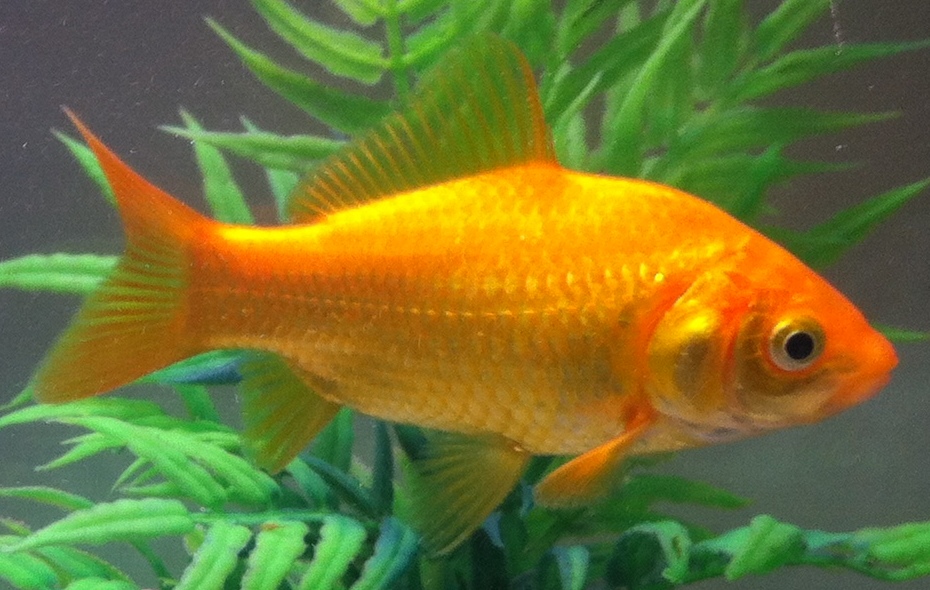Difference Between Euryhaline and Stenohaline
Key Difference – Euryhaline vs Stenohaline
Osmoregulation, it is a process through which organisms actively maintain the water level content within its living system irrespective of the outside environment. Homeostasis of the body involves in maintaining the osmotic pressure at a regular level where it prevents the fluids of the body getting too concentrated or too diluted. With regards to main osmoregulatory mechanisms, there are two major types namely, osmoconformers and osmoregulators. Under osmoconformers, stenohaline organisms are included, and under osmoregulators, euryhaline organisms are included. Euryhaline organisms have the ability to survive in a higher range of salinity concentrations while stenohaline organisms survive only at a lower range of salt concentration. This is the key difference between Euryhaline and Stenohaline.
CONTENTS
1. Overview and Key Difference
2. What is Euryhaline
3. What is Stenohaline
4. Similarities Between Euryhaline and Stenohaline
5. Side by Side Comparison – Euryhaline vs Stenohaline in Tabular Form
6. Summary
What is Euryhaline?
Euryhaline organisms are defined as organisms that are capable of surviving a wide range of salt concentrations. Therefore, these organisms are naturally adapted to thrive in salt water, brackish water and freshwater environments. They are adapted to high salt concentrations since they possess a unique ability in osmoregulation. They are also known as osmoregulators. These osmoregulators have the ability to regulate the water content in their bodies irrespective of the outside environment. This protects the organism from gaining or losing extra amounts of water due to external conditions.

Figure 01: Euryhaline Fish
Most euryhaline organisms are present in estuaries and tide pools. In these habitats, the salt concentration changes vigorously. Some organisms belong to this euryhaline category because of their life cycles. Following their life cycles, these organisms need to move into freshwater and marine water at certain stages of their life cycles. Examples of such euryhaline organisms are salmon and eels. As a concluding line, the speciality of osmoregulatory euryhaline organisms is that they have the unique ability to maintain the water content of the body at constant levels irrespective to the outside environment and they survive in habitats where the salt concentrations vary at higher ranges.
What is Stenohaline?
Stenohaline organisms are defined as organisms that are capable of tolerating the change in saline conditions at a limited or a narrow range. They do not survive in environmental conditions where the saline concentration varies rapidly. The salt tolerance of stenohaline organisms varies among the species. Some species are such as freshwater fish like goldfish do not have the ability to survive in habitats with high salt concentrations such as sea water. Vice versa the same principle is applied to organisms that are present in habitats with high saline concentrations. They do not thrive in freshwater habitats.

Figure 02: Stenohaline Goldfish
Most of the stenohaline organisms are also known as osmoconformers. Osmoconformers are defined as organisms where the osmolarity of their living systems does not change according to the saline concentration of the outside environment. Unlike euryhaline organisms, stenohaline organisms are not capable of surviving in environments the salt concentrations changes over time. Therefore, these stenohaline organisms such as fish do not migrate from one habitat to another. Since they are not capable of regulating varying concentrations of salts, stenohaline organisms spend less energy on osmoregulation. Examples of stenohaline organisms are goldfish and haddock fish. Goldfish is a freshwater species whilst haddock fish is a marine water species.
What are the Similarities Between Euryhaline and Stenohaline?
- Both euryhaline and stenohaline organisms are aquatic organisms.
- Both euryhaline and stenohaline types are categorized based on the ability to survive at haline concentrations.
What is the Difference Between Euryhaline and Stenohaline?
Euryhaline vs Stenohaline | |
| Organisms with the ability to survive at a higher range of salinity are known as euryhaline. | Organisms that survive in a narrow range of salinity concentrations are known as stenohaline organisms. |
| Examples | |
| Green chromide, Mummichog, salmon are examples of euryhaline organisms. | Gold fish, haddock fish are examples of stenohaline organisms. |
Summary – Euryhaline vs Stenohaline
Osmoregulation involves active regulation of the water content within a living system irrespective of the water content of the surrounding environment. Different species of organisms use different mechanisms for osmoregulation. Therefore, in the context of osmoregulation, species could be divided into two categories; osmoconformers and osmoregulators. Under osmoconformers, stenohaline organisms are included, and under osmoregulators euryhaline organisms are included. Euryhaline organisms have the ability to survive in varying concentrations of salts while stenohaline organisms thrive at a limited range of salinity. This is the difference between euryhaline and stenohaline.
Reference:
1.“Osmoregulators and Osmoconformers.” Lumen. Available here
2.Gilbert, Kimutai. “What is a Stenohaline Organism?” WorldAtlas, 6 June 2017. Available here
3.Gilbert, Kimutai. “List of Euryhaline Organisms.” WorldAtlas, 6 June 2017. Available here
Image Courtesy:
1.’Phyllorhiza punctata (White-spotted jellyfish) edit’By Papa Lima Whiskey at English Wikipedia, (CC BY-SA 3.0) via Commons Wikimedia
2.’דגים (cropped)’By לינה אבוגוש – Own work, (CC BY-SA 3.0) via Commons Wikimedia
ncG1vNJzZmivp6x7pbXFn5yrnZ6YsqOx07CcnqZemLyue8OinZ%2Bdopq7pLGMm5ytr5Wau26x1KuwoZmcnrumecCnm2auo2LAtbHNqJ%2BapJmjsnA%3D